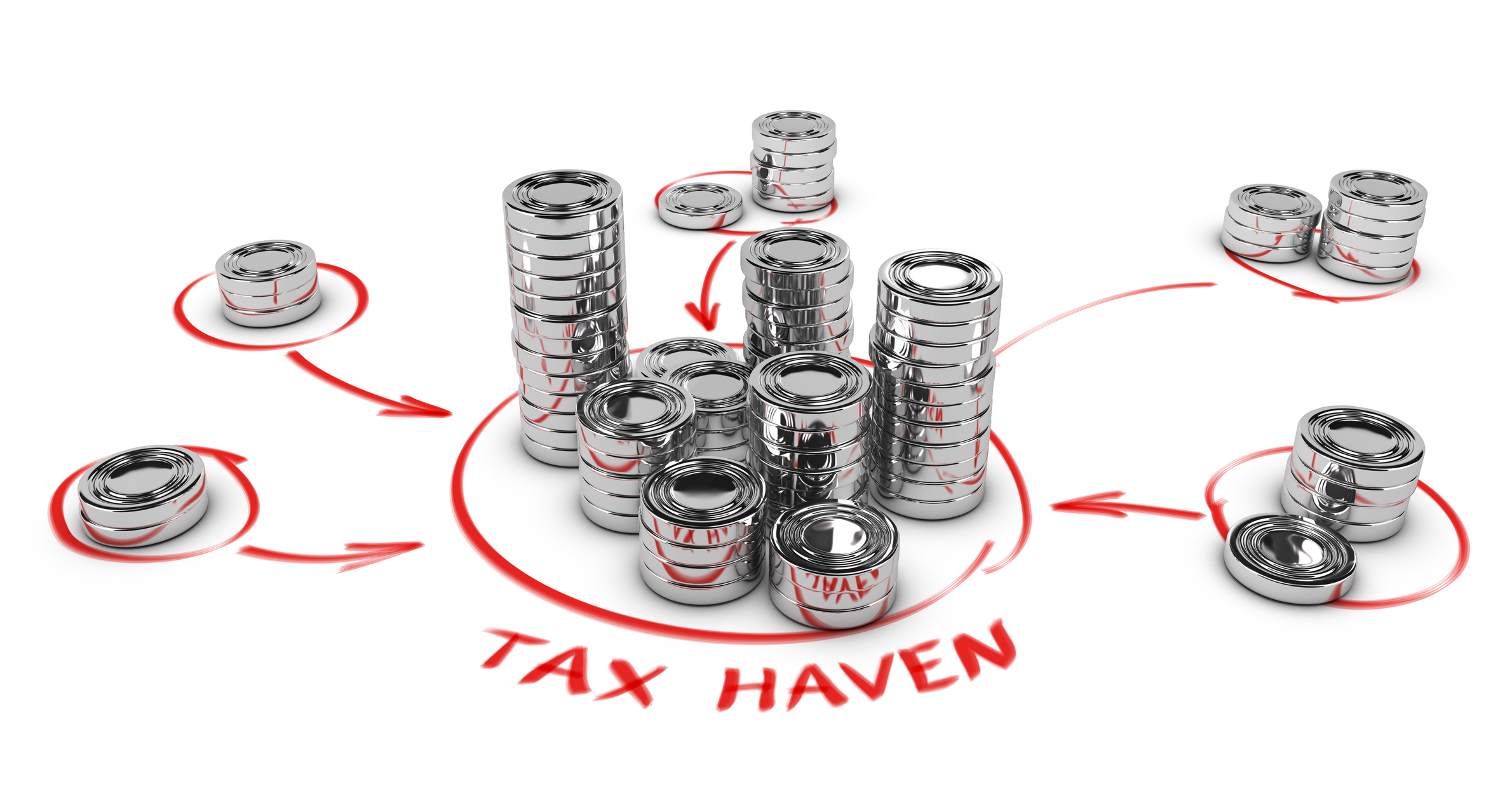- Article
- Tax & Social Security Reform
The Bane of a “Bubble Era” Tax Windfall: Why Higher Tax Revenue Is No Cause for Celebration
September 18, 2018

Newspaper headlines talked of a “26-year high” in tax income, reaching levels not seen since the bubble years. The claim, explains Shigeki Morinobu, is misleading for several reasons.
* * *
According to statistics released by the Ministry of Finance in July, tax revenue in the general account for fiscal 2017 was roughly 1 trillion yen higher than estimated, rising from 57.7 trillion yen in the initial budget to 58.8 trillion yen. Newspaper headlines talked of a “26-year high” in tax income, reaching levels not seen since the bubble years. One article ascribed the windfall to higher personal incomes, with solid corporate performance pushing up wages, dividends, and capital gains.
There is truth to the fact that tax revenue reached its peak during the heyday of the bubble economy, climbing to 60.1 trillion yen in 1990. And the 58.8 trillion yen in fiscal 2017ーalthough 1.3 trillion yen shortーmight arguably be considered on a par with figures from that era. But such a claim is misleading for several reasons.
For one thing, Japan’s gross domestic product has grown over that span by nearly 22%, from 452 trillion yen in fiscal 1990 to 550 trillion yen in fiscal 2017. As a share of GDP, therefore, tax revenue declined from 13.3% to just 10.7%. What this suggests is that the government’s ability to collect taxes has plummeted over the past three decades, which can hardly be called “good news.”
For another, media reports made no mention of the fact that the tax structure has undergone a radical shift. In fiscal 1990, income tax accounted for 43% of total tax revenue, with corporate tax contributing 31% and consumption tax another 8%. In fiscal 2018, the figures are 31%, 24%, and 40%, respectively. Clearly, there has been a shift away from direct to indirect taxes; with the rate rising from 3% to 8%, the consumption tax generates 13 trillion yen more income today, accounting for 22% of all tax revenue.
Thirdly, looking at the expenditure side, we see an even bigger problem. As a share of GDP, social security benefits have more than doubled from 10.5% in fiscal 1990 to approximately 22% in fiscal 2017ーin stark contrast to the decline in tax revenue as a ratio of GDP.
As a result, the budget, which in 1990 showed a surplus of 2% compared to GDP, ran a deficit of 10% in 2009 following the collapse of Lehman Brothers. While the figure has improved somewhat since then, it is still 4% in the red. The government’s outstanding debt has continued to pile up over the years, moreover, and it is currently 2.5 times GDP.
A Dysfunctional Tax System
Taxes, fundamentally speaking, serve as sources of funds with which to provide various public services. From this viewpoint, Japan’s tax system has become highly dysfunctional, and restoring its proper functions should be one of our country’s major priorities.
It should be added, moreover, that there is little significance in the fact that actual revenue was higher than the initial estimate. A year earlier, the estimate for fiscal 2016 was 57.6 trillion yen, while actual income came up 2 trillion yen short at 55.5 trillion yenーwhich caused a big fuss. It would have been perfectly natural, therefore, for budget drafters not to overestimate anticipated revenue for the upcoming year.
The windfall in fiscal 2017 could have negative consequences, moreover, if it dampens political enthusiasm for fiscal consolidation and results in an even bigger the budget deficit. Rather than using unexpected income to pay off ballooning debtsーas ordinary households would likely doーpolitical leaders may be tempted to boost expenditures in fiscal 2019 to ease public displeasure over the scheduled consumption tax hike in October 2019. Rather than being a boon, therefore, the higher tax revenue may be a bane that further drives Japan into debt.



















